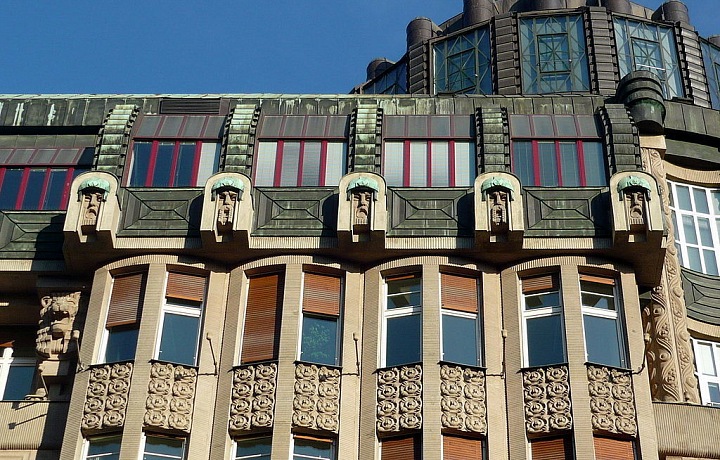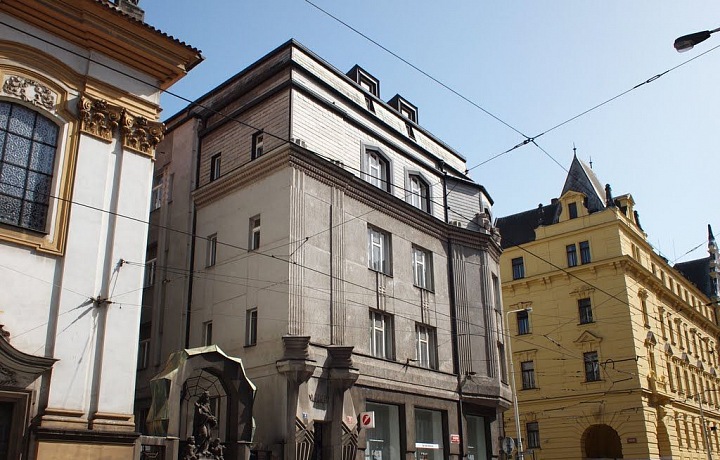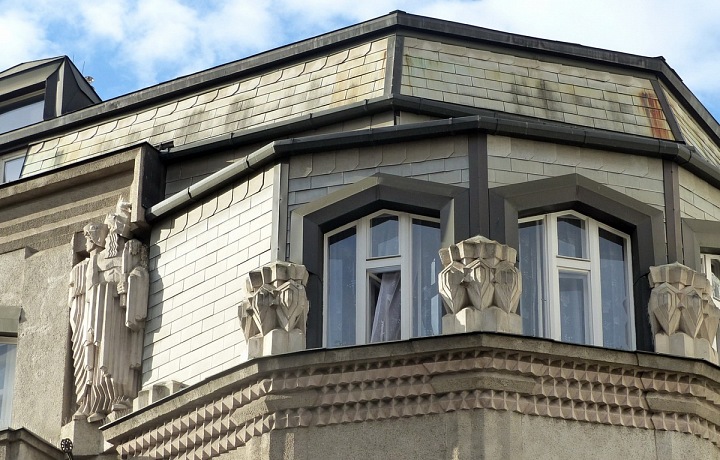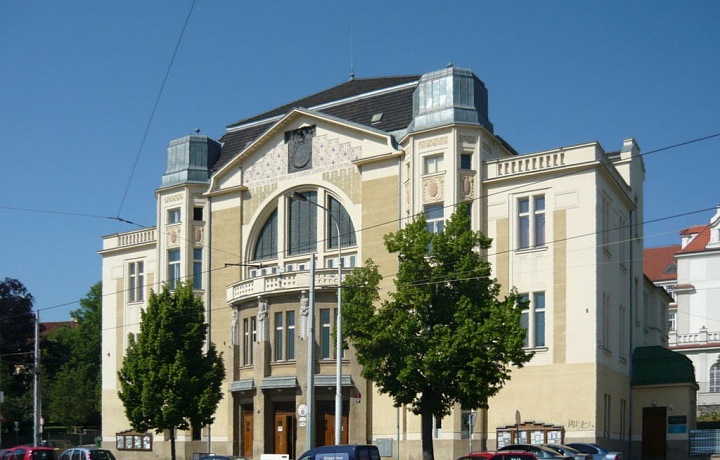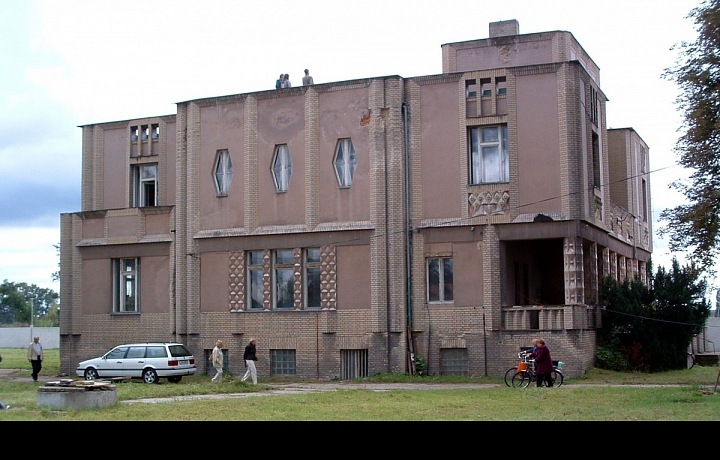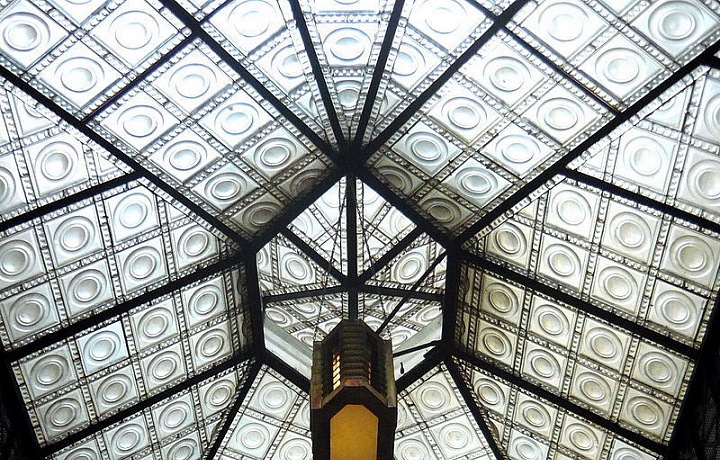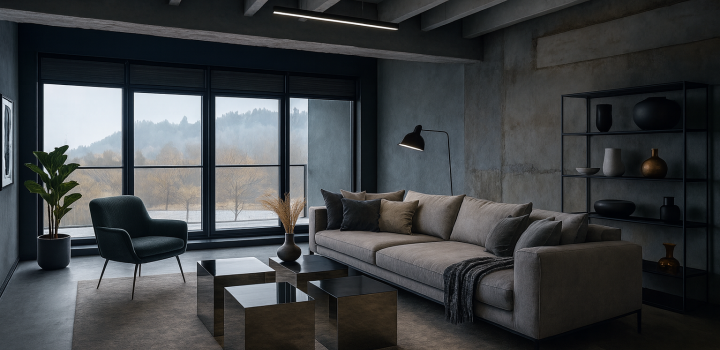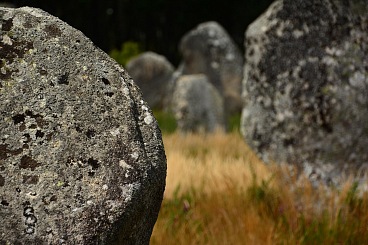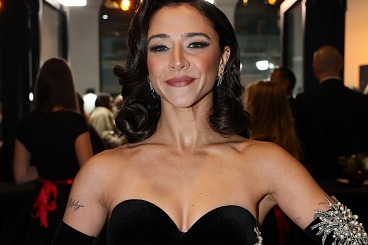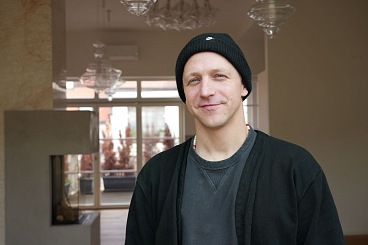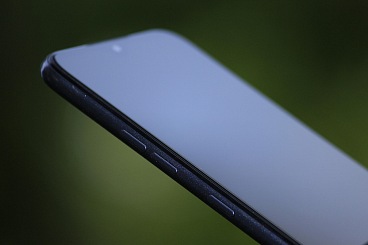Czech Architects: The Forgotten Master of Art Nouveau and Cubism - Emil Králíček
Significant moments in his life
Having come from Německý Brod, and following the studies at the Prague University of Civil Engineering, he was engaged in the studio of Prof. Anthonín Balšánek where he continued to improve his expertise. A great contribution was also his study visit to Darmstadt, the district of Mathildenhőhe where a residential district was just under construction under the batton of J. M. Olbricht. After returning to Prague he made great use of everything he had learnt.
Creative potential in practice
He was engaged by the company of the renowned architect, Matěj Blecha. He focused on façade decoration of Prague houses, making them sharper, more geometric. He is responsible for constructions which indicate the modern face of the city of Prague - corner luxury Cubist house Diamond in Spálená Street, the hotel Zlatá Husa (Golden Goose) in Wenceslas Square, Adamov Pharmacy, etc.. Considering that the fact that he was only 36 years old, he is accountable for a range of luxury, magnificent buildings.
The colourful architectural portfolio of Emil Králíček
It was steadily growing, acquiring great reputation at a time when the architect opened his own studio with Rudolf Šolc. He still adhered to the aesthetics of Cubism and Rondocubism. The creative flight is interrupted by WWII and the incomprehensible suicide of the architect. The heritage encompasses countless unique and luxurious buildings such as the wooden church in Libeň or the Betlehem Chapel number two.
Cobist elements may also be found in the interior, e.g. the pulpit with star-shape decorations. The spirit of Cubism is palpable already at the entry with a wallpainting of geometric pattern. It is possible to see Králíček´s creative spirit everywhere you look, his precision and especially commitment to Cubism. It was of a short duration and in its spread was prevented by the war.
The unique solitaire on Jungmann´s Square - a luxurious lamp
It is even mentioned in tourist guidebooks and textbooks on architecture. This sleek Cubist lamp is the essence of the Prague Cubist architecture and it really is very luxurious indeed.


